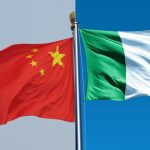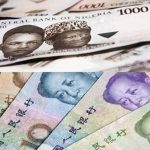Technology
Tecno Launches Spark 7P Smartphone for Gen Z Users
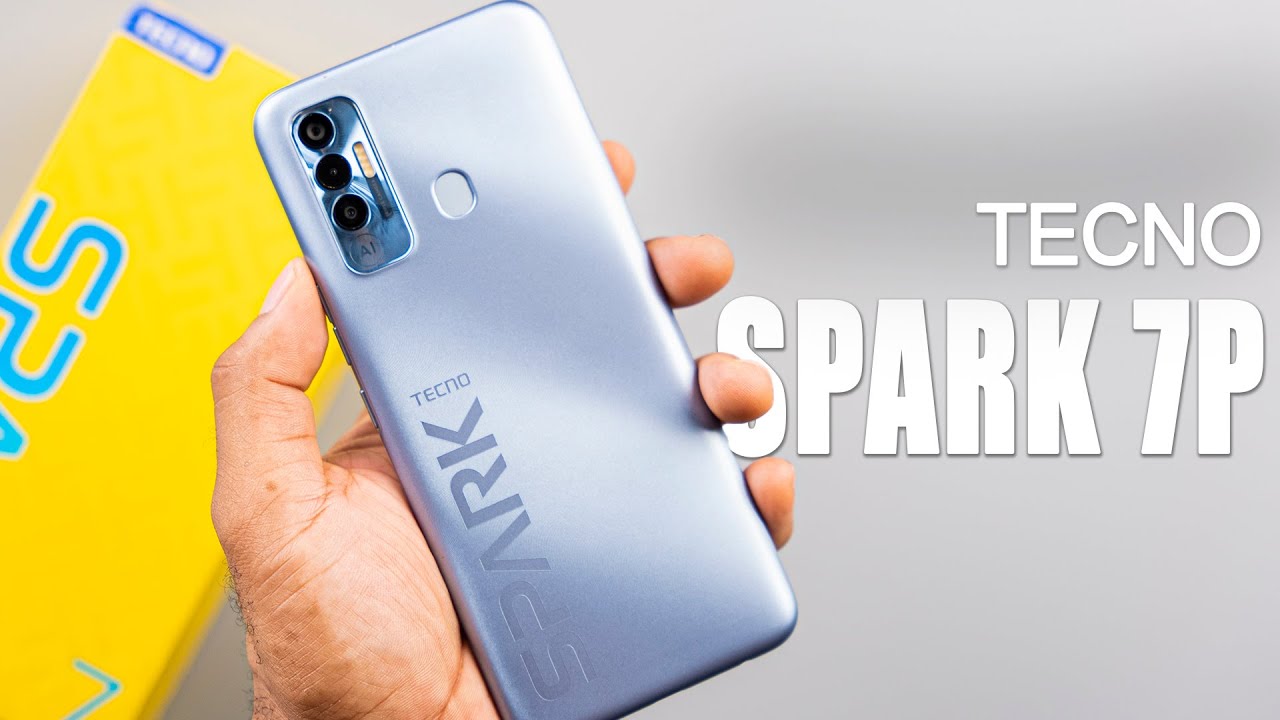
By Adedapo Adesanya
Global mobile phone maker, Tecno Mobile, has launched the new innovative Spark 7P smartphone specifically targeted at Generation Z users (Under-23s).
Packed with the dynamic 16 megapixels (MP) Artificial Intelligence Triple Camera and new Helio G70 chipset, the Spark 7P delivers the most captivating cinematic experience simulated through its bigger and better 6.8-inch edge-to-edge display with an unprecedented Super Night mode.
The device is enabled through its micro intelligence integrant which grants the rising generation access to an innovative tool, allowing them to streamline many imperative tasks, creating the most rewarding experience yet.
Speaking at the launch, the General Manager of Tecno Mobile, Mr Stephen Ha, said, “Tecno is always bearing the young generations’ demands in mind to provide them with the best of contemporary technologies in artistic designs.
“With popularity in over 60 markets, Tecno showcases its mastery of serving the youth-generation consumers who are young at heart and inspires them to never stop pursuing excellence.
“Tecno Spark 7 series are the ones that reflect our promise to the Gen-Z the most with the most advanced technologies like the bigger and better display to bring them immersive cinema experience at the fingertips, and the ungraded 16MP AI Triple Camera for them to embrace a clearer world.”
6.8-inch Display
The Spark 7P brings comprehensive updates on its exceeding visual performance as users can enjoy the experience with a 6.8-inch clear screen at a blazing-fast 90Hz refresh rate.
The 6.8-inch edge to edge display is also equipped with ample room to navigate through multiple applications with prompt accessibility to different functions, that too within paramount time. Users also earn the privilege of experiencing the new technology of the 90Hz refresh rate at this accessible price.
16MP AI Triple Camera
Spark 7P’s ingenious 16MP AI Triple Camera is an additional compelling feature that will enable the new breed of innovational youth, to capture every minute detail of their busy lives through acute technological advances ensuring no occasion goes a miss be that day or night.
The newly added AI lens enables users to take striking portraits even in the dimmest of surroundings. With its shallow depth of field, the super night mode helps capture exclusive moments most effortlessly with exemplified images, enabling the users to always see their world in the brightest of lights.
The 16MP AI Triple Camera is also accompanied by Smile Snapshot, powered by the AI Portrait which incorporates facial recognition intelligence allowing the users to capture that perfect smile or a glimpsing moment in an instant.
Meanwhile, Video Bokeh, natural Video Beautify and a Slow Motion shooting at 240fps provide the current, technologically savvy generation with the chance to channel their inner photographer through these intelligently adapted and enjoyable features.
Speed
An all-new 2.0GHz, Octa-core processor and dedicated 820MHz graphics unit, SPARK 7P benchmarks at twice the speed of the previous generation. Animations are smoother, Apps load quicker, and photos are sharper, helping connect with the world around Gen Z faster than ever before.
Memory and Battery
128/64GB ROM + 4GB RAM memory and 5000mAh battery enable the Spark 7P long-lasting storage and power.It promises fewer lags, fewer prompts about “Storage Almost Full” and more space for snapping as many photographs as you need.
The 5000mAh battery holds the exceptional capability of retaining power on your phone for 14 days without any recharging. Gone are the days when the users have to run around the street panicking and trying to find a charging station because SPARK 7P just never goes off easily.
Other highlighted features packed the competitive smartphone including:
Bluetooth Audio Share 2.0: With the newly updated Bluetooth Audio Share 2.0, users will be able to share their music and get the party started whenever and wherever it’s convenient for their friends and family to join in the fun.
Dirac Stereo Sound Effect: Meticulous acoustic measurement allows users to play audios and video with acute clarity alongside providing them with a unified and much more enjoyable cinematic experience where both sound and picture are of optimal quality.
The new HiOS 7.5: the Auto Dark Theme peculiarity allows users to customize settings so as to transition from bright to dark theme once night falls.
With the help from Instant Chat Bubble, users don’t need to switch between Apps. All one would do is, press the bubble to start a conversation with a friend and continue communicating with another. With App Twin, social media fans can run two social accounts simultaneously and switch between different platforms fast and smoothly.
Technology
Lagos’ Team Nevo Wins 3MTT Southwest Regional Hackathon

By Adedapo Adesanya
Lagos State’s representative, Team Nevo, won the 3 Million Technical Talent (3MTT) South-West Regional Hackathon, on Tuesday, December 9, 2025.
The host state took the victory defeating pitches from other south west states, including Oyo, Ogun, Osun, Ekiti, and Ondo States.
This regional hackathon was a major moment for the 3MTT Programme, bringing together young innovators from across the South-West to showcase practical solutions in AI, software development, cybersecurity, data analysis, and other key areas of Nigeria’s digital future.
Launched by the Federal Ministry of Communications, Innovation, and Digital Economy, the hackathon brought together talented young innovators from across the Southwest region to showcase their digital solutions in areas such as Artificial Intelligence (AI)/Machine Learning, software development, data analysis, and cybersecurity, among others.
“This event not only highlights the potential of youth in South West but also advances the digital economy, fosters innovation, and creates job opportunities for our young people,” said Mr Oluwaseyi Ayodele, the Lagos State Community Manager.
Winning the hackaton was Team Nevo, made up of Miss Lydia Solomon and Mr Teslim Sadiq, whose inclusive AI learning tool which tailors academic learning experiences to skill sets of students got the top nod, with N500,000 in prize money.
Team Oyo represented by Microbiz, an AI business tool solution, came in second place winning N300,000 while Team Ondo’s Fincoach, a tool that guides individuals and businesses in marking smarter financial decisions, came third with N200,000 in prize money.
Others include The Frontiers (Team Osun), Ecocycle (Team Ogun), and Mindbud (Team Ekiti).
Speaking to Business Post, the lead pitcher for Team Nevo, Miss Solomon, noted, “It was a very lovely experience and the opportunity and access that we got was one of a kind,” adding that, “Expect the ‘Nevolution’ as we call it, expect the transformation of the educational sector and how Nevo is going to bring inclusion and a deeper level of understanding and learning to schools all around Nigeria.”
Earlier, during his keynote speech, the chief executive officer (CEO) of Sterling Bank, Mr Abubakar Suleiman, emphasised the need for Nigeria’s budding youth population to tap into the country’s best comparative advantage, drawing parallels with commodities and resources like cocoa, soyabeans, and uranium.
“Tech is our best bet to architect a comparative advantage. The work we are doing with technologies are very vital to levelling the playing field.”
Technology
re:Invent 2025: AWS Excites Tech Enthusiasts With Graviton5 Unveiling
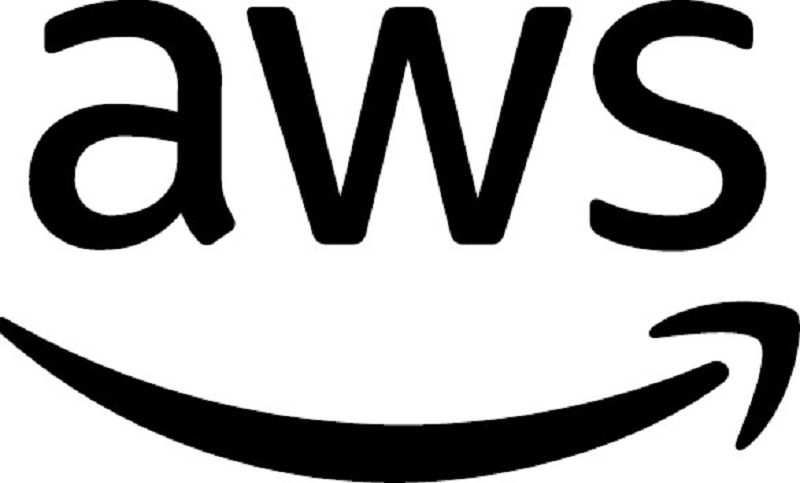
By Aduragbemi Omiyale
One of the high points of the 2025 re:Invent was the unveiling of Graviton5, the fifth generation of custom Arm-based server processors from Amazon Web Services (AWS).
Many tech enthusiasts believe that the company pushed the limits with Graviton5, its most powerful and efficient CPU, frontier agents that can work autonomously for days, an expansion of the Amazon Nova model family, Trainium3 UltraServers, and AWS AI Factories suitable for implementing AI infrastructure in customers’ existing data centres.
Graviton5—the company’s most powerful and efficient CPU
As cloud workloads grow in complexity, organizations face a persistent challenge to deliver faster performance at lower costs and meet sustainability commitments without trade-offs.
AWS’ new Graviton5-based Amazon EC2 M9g delivers up to 25% higher performance than its previous generation, with 192 cores per chip and 5x larger cache.
For the third year in a row, more than half of new CPU capacity added to AWS is powered by Graviton, with 98 per cent of the top 1,000 EC2 customers—including Adobe, Airbnb, Epic Games, Formula 1, Pinterest, SAP, and Siemens—already benefiting from Graviton’s price performance advantages.
Expansion of Nova family of models and pioneers “open training” with Nova Forge
Amazon is expanding its Nova portfolio with four new models that deliver industry-leading price-performance across reasoning, multimodal processing, conversational AI, code generation, and agentic tasks. Nova Forge pioneers “open training,” giving organizations access to pre-trained model checkpoints and the ability to blend proprietary data with Amazon Nova-curated datasets.
Nova Act achieves breakthrough 90% reliability for browser-based UI automation workflows built by early customers. Companies like Reddit are using Nova Forge to replace multiple specialized models with a single solution, while Hertz accelerated development velocity by 5x with Nova Act.
Addition of 3 frontier agents, a new class of AI agents that work as an extension of your software development team
Frontier agents represent a step-change in what agents can do. They’re autonomous, scalable, and can work for hours or days without intervention. AWS announced three frontier agents—Kiro autonomous agent, AWS Security Agent, and AWS DevOps Agent. Kiro autonomous agent acts as a virtual developer for your team, AWS Security Agent is your own security consultant, and AWS DevOps Agent is your on-call operational team.
Companies, including Commonwealth Bank of Australia, SmugMug, and Wester Governors University have used one or more of these agents to transform the software development lifecycle.
Unveiling Trainium3 UltraServers
As AI models grow in size and complexity, training cutting-edge models requires infrastructure investments that only a handful of organizations can afford.
Amazon EC2 Trn3 UltraServers, powered by AWS’s first 3nm AI chip, pack up to 144 Trainium3 chips into a single integrated system, delivering up to 4.4x more compute performance and 4x greater energy efficiency than Trainium2 UltraServers.
Customers achieve 3x higher throughput per chip while delivering 4x faster response times, reducing training times from months to weeks. Customers including Anthropic, Karakuri, Metagenomi, NetoAI, Ricoh, and Splash Music are reducing training and inference costs by up to 50 per cent with Trainium, while Decart is achieving 4x faster inference for real-time generative video at half the cost of GPUs, and Amazon Bedrock is already serving production workloads on Trainium3.
Technology
NITDA Alerts Nigerians to ChatGPT Vulnerabilities
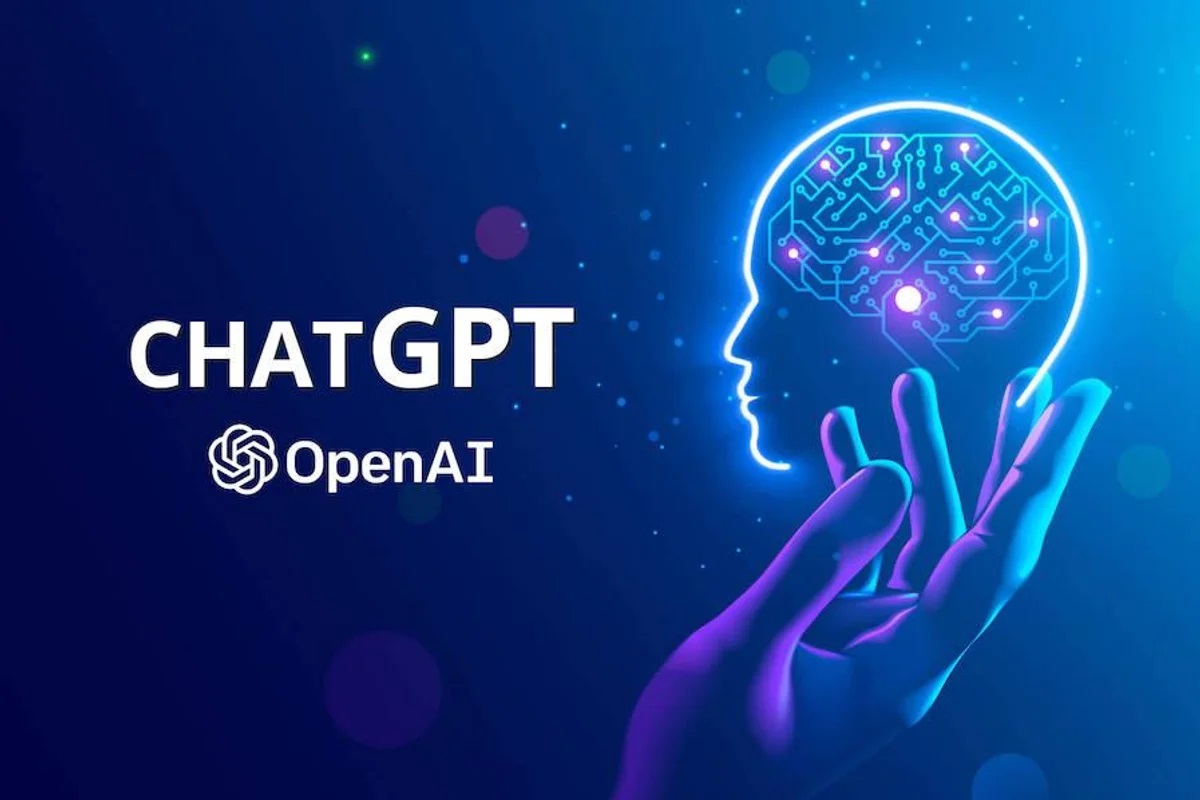
By Adedapo Adesanya
The National Information Technology Development Agency (NITDA) has issued an advisory on new vulnerabilities in ChatGPT that could expose users to data-leakage attacks.
According to the advisory, researchers discovered seven vulnerabilities affecting GPT-4o and GPT-5 models that allow attackers to manipulate ChatGPT through indirect prompt injection.
The agency explained that hidden instructions placed inside webpages, comments, or Uniform Resource Locators (URLs) can trigger unintended commands during regular browsing, summarisation, or search actions.
“By embedding hidden instructions in webpages, comments, or crafted URLs, attackers can cause ChatGPT to execute unintended commands simply through normal browsing, summarization, or search actions,” they stated.
The warning followed rising concerns about AI-powered tools interacting with unsafe web content and the growing dependence on ChatGPT for business, research, and public-sector tasks.
NITDA added that some flaws allow the bypassing of safety controls by masking malicious content behind trusted domains.
Other weaknesses take advantage of markdown rendering bugs, enabling hidden instructions to pass undetected.
It explained that in severe cases, attackers can poison ChatGPT’s memory, forcing the system to retain malicious instructions that influence future conversations
They stated that while OpenAI has fixed parts of the issue, Large-Language Models (LLMs) still struggle to reliably separate genuine user intent from malicious data.
The Agency warned that these vulnerabilities could lead to a range of cybersecurity threats, including unauthorised actions carried out by the model; unintended exposure of user information; manipulated or misleading outputs; and long-term behavioural changes caused by memory poisoning, among others.
It advised Nigerians, businesses, and government institutions to adopt several precautionary steps to stay safe. These include limiting or disabling the browsing and summarisation of untrusted websites within enterprise environments and enabling features like browsing or memory only when necessary.
It also recommended regular updates to deployed GPT-4o and GPT-5 models to ensure known vulnerabilities are patched.
-

 Feature/OPED6 years ago
Feature/OPED6 years agoDavos was Different this year
-
Travel/Tourism9 years ago
Lagos Seals Western Lodge Hotel In Ikorodu
-

 Showbiz3 years ago
Showbiz3 years agoEstranged Lover Releases Videos of Empress Njamah Bathing
-

 Banking7 years ago
Banking7 years agoSort Codes of GTBank Branches in Nigeria
-

 Economy3 years ago
Economy3 years agoSubsidy Removal: CNG at N130 Per Litre Cheaper Than Petrol—IPMAN
-

 Banking3 years ago
Banking3 years agoFirst Bank Announces Planned Downtime
-

 Banking3 years ago
Banking3 years agoSort Codes of UBA Branches in Nigeria
-

 Sports3 years ago
Sports3 years agoHighest Paid Nigerian Footballer – How Much Do Nigerian Footballers Earn




